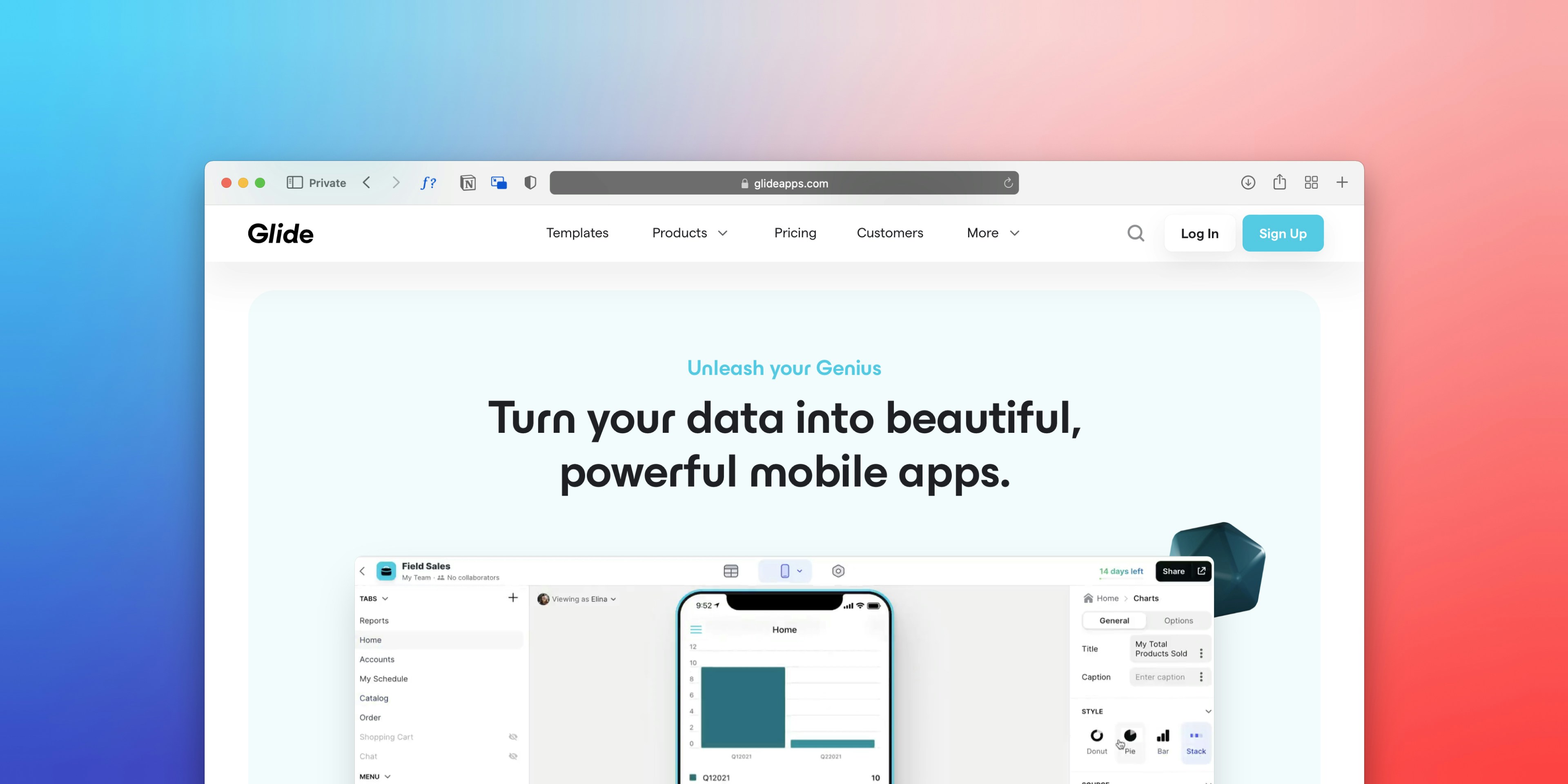App Development Fundamentals that Most Developers Forget
August 1, 2025 | by qqvmedia.com


Understanding User Experience (UX)
User Experience (UX) is a critical aspect of app development that is often overshadowed by technical considerations. Developers may frequently prioritize frameworks, coding languages, and system performance but neglect the fundamental principles that guide users’ interactions with the app. A robust UX strategy hinges on key principles such as simplicity, intuitiveness, and accessibility, which ensure that users can navigate and utilize the app seamlessly.
Simplicity is paramount; apps should be designed to minimize user effort. This can be achieved by streamlining design elements and reducing the number of steps required to complete tasks. Intuitive interfaces enable users to accomplish goals without extensive training or guidance; they should feel compelled to explore the app naturally. Accessibility ensures that users with varying abilities can interact with the app effectively, which broadens the potential user base and fosters inclusivity.
To prioritize UX, developers should engage in user research to gain insights into their target audience. This can be achieved through interviews, surveys, and observing user behaviors. Creating user personas—a representation of the app’s intended users—can further clarify user needs, preferences, and pain points. These personas allow developers to tailor features and functionalities that resonate with actual user expectations.
Usability testing is another indispensable component of UX design. By evaluating the app’s interface with real users, developers can identify obstacles that may hinder user satisfaction. Feedback gathered during usability tests is invaluable, allowing for iterative improvements that align app functionalities with user needs. Ultimately, prioritizing user experience in app development not only enhances user satisfaction but also contributes to the overall success of the application in a competitive marketplace.
Proper Testing and Quality Assurance
In the realm of app development, the significance of rigorous testing and quality assurance (QA) cannot be overstated. Testing is a critical component that not only validates the app’s functionality but also ensures that it meets the expected standards of performance and reliability. Developers often overlook this aspect, leading to potential pitfalls later in the development cycle. A comprehensive testing strategy should encompass various methods, including unit, integration, system, and user acceptance testing.
Unit testing involves evaluating individual components for correctness, thereby allowing developers to isolate and resolve issues early in the development process. Following this, integration testing assesses how these components function together, ensuring seamless interaction between different modules of the application. System testing then evaluates the complete and integrated software to determine if it meets specified requirements. Finally, user acceptance testing allows end-users to interact with the app, providing insights into usability and ensuring that the application delivers the intended value.
One common mistake made by developers is underestimating the importance of these testing phases or, in some instances, skipping them entirely. This can lead to significant issues post-launch, such as bugs and performance flaws that compromise user experience and satisfaction. Instead, integrating a robust QA process throughout the app development cycle is essential for long-term success. Automated testing can be employed to enhance efficiency and reliability, allowing for continuous integration and delivery practices that accommodate rapid development in agile environments.
Overall, proper testing and quality assurance play a pivotal role in the app development landscape. By prioritizing a thorough testing approach and leveraging automated methods, developers can significantly reduce risks associated with app failures and ensure a superior product is delivered to users.
Code Documentation and Maintenance
Thorough code documentation and ongoing maintenance are crucial components in the realm of app development. Despite their significance, many developers tend to underestimate the necessity of clear documentation for future reference. Lack of proper documentation can lead to difficulties during maintenance, as well as challenges when collaborating with other team members. Consequently, it is imperative to adopt best practices that ensure the app’s code is comprehensible and functional over time.
One key aspect to consider is writing clear and concise documentation. This involves detailing not only what the code does but also why certain design choices were made. Including comments within the code can help clarify complex algorithms or important logic branches, allowing others (and the original developers) to understand the intent behind the code at a glance. Additionally, maintaining an updated README file and inline code comments can significantly improve code legibility. This type of documentation serves as a valuable resource for teams that may include new developers who need to familiarize themselves with existing codebases.
Another essential practice is the implementation of version control systems. Tools such as Git enable developers to track changes in the codebase effectively, making it easier to revert to previous states if issues arise. By creating branches for features and maintaining a clear commit history, teams can manage collaborative efforts seamlessly. Moreover, incorporating consistent naming conventions for branches and commits fosters understanding among team members regarding the purpose of specific changes.
Lastly, a well-structured maintenance plan ensures that the app remains up-to-date and functional over time. This involves scheduling regular updates, bug fixes, and performance optimization checks. By systematically reviewing and refining both the code and the associated documentation, developers can greatly enhance their operational efficiency and bolster the longevity of their software projects.
Scalability and Performance Optimization
In the realm of app development, scalability and performance optimization are critical factors that often receive insufficient attention during the initial stages. Developers frequently prioritize feature-rich functionality without adequately planning for the app’s ability to scale and perform effectively as user demand increases. Addressing these elements from the outset can significantly enhance user experience and ensure long-term success.
One of the key techniques to enhance app performance is code optimization. Streamlining code helps reduce loading times and resource consumption, leading to a smoother user experience. Developers should follow best practices such as modular coding, minimizing redundancy, and utilizing algorithms that offer efficient performance. Regularly refactoring and reviewing code can also uncover bottlenecks that need addressing. Equally important is database management, which plays a pivotal role in performance. Ensuring that databases are well-structured and indexed properly allows for faster data retrieval and manipulation. Employing caching strategies can also alleviate unnecessary database queries, thereby enhancing overall application performance.
Another vital component of scalability is the effective use of APIs, which facilitate integration with external services while maintaining performance levels. Developers must select APIs that are reliable, efficient, and capable of handling high traffic volumes without degrading user experience. When anticipating growth, leveraging cloud services can provide unparalleled scalability options. Cloud infrastructure can dynamically allocate resources according to demand fluctuations, ensuring that applications perform optimally under varying loads. Additionally, implementing load balancing techniques allows developers to distribute incoming network traffic across multiple servers, enhancing reliability and minimizing downtime.
By incorporating these strategies early in the app development lifecycle, developers can lay a solid foundation for scalable and high-performing applications. This proactive approach not only caters to current user needs but also prepares the application for future growth and evolving demands.
RELATED POSTS
View all


